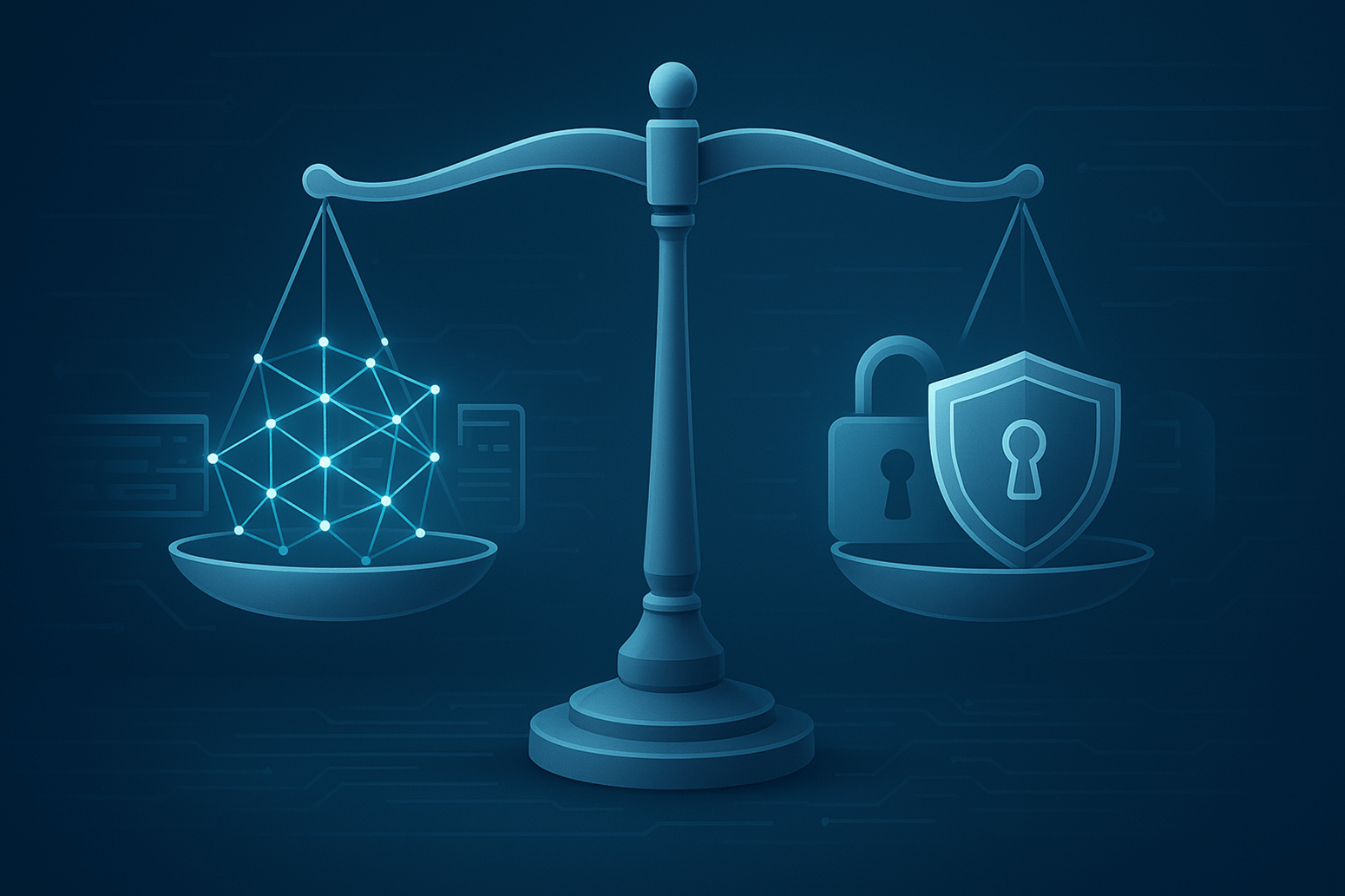In finance, transparency builds trust. In blockchain, it’s a default setting. But for platforms that tokenize real-world assets (RWA), that transparency can quickly turn into a liability.
Every trade, every holder and every movement of funds all visible on-chain. It sounds ideal until regulators, investors and data protection laws pull in different directions. That’s the compliance paradox RWA tokenization must stay transparent enough to be trusted, yet private enough to remain legal.
Let’s take a closer look at how platforms are handling this challenge and what it could mean for the future of digital finance.
Why Transparency Matters in RWA
Tokenization, at its core, is about verifiable ownership. You can’t fake a share in a building, a loan or a bond when it’s on-chain. Every transaction leaves a trail. That’s the feature that gives investors confidence the same reason institutional funds are starting to explore RWA tokenization.
However, the same transparency that keeps markets fair can also reveal sensitive information. When every wallet is traceable, an investor’s entire portfolio becomes visible. And if every transaction can be seen, business strategies may no longer stay private.
In traditional finance, custodians and intermediaries protect these details from public view. Blockchain, on the other hand, removes those barriers excellent for accountability, but not ideal when it comes to protecting privacy.
The Regulatory Tightrope
Regulators want two things that are opposite of one other transparency for supervision and privacy for obeying standards like GDPR or FINMA’s restrictions about banking secrecy.
For instance, MiCA says that token transactions must be able to be tracked and that reports must be able to be checked. But EU privacy regulations say that you can’t disclose personal information without consent. The SEC thinks that being transparent would safeguard U.S. investors, although revealing data might potentially lead to lawsuits over privacy.
Actually, RWA stations are in the middle. They break privacy rules by being too open. They fail regulatory checks because they are too private. Controlled openness, which lets inspectors and officials see things without making everything public, is the only way to go.
This isn’t a simple switch. It’s built things.
Architectural Workarounds: Privacy by Design
To find a balance between openness and privacy, current RWA systems increasingly use principles from both finance and encryption.
Here’s what that mix looks like in practice: Permissioned ledgers + Zero-knowledge proofs + Off-chain storage with on-chain hashes + Access controls
It’s not perfect, but it’s progress. The idea isn’t to make data invisible it’s to make it intelligently visible.
These design choices are based on RWA tokenization trends and use cases.
The Human Element: Compliance Isn’t Just Code
Without good governance, even the most beautiful privacy solution falls apart. A blockchain can keep data safe, but people still choose who may see it.
In order to follow the rules, most RWA projects now use Swiss DLT licenses, Luxembourg RAIFs or Cayman SPVs. These are the formal containers for tokenized assets and blockchain takes care of payment and proof.
In these situations, compliance officers are equally as crucial as creators of smart contracts. They set the rules for “who sees what” and watch over every interaction between blockchain logic and legal reporting.
So, privacy here isn’t about concealing it’s about controlling who can see what.
Hybrid Systems: The Middle Ground
The future of compliant RWA platforms likely lies in hybrid models where on-chain validation meets off-chain confidentiality.
Picture this:
- Ownership tokens are public, but personal data sits in encrypted databases.
- Smart contracts enforce KYC rules automatically but store no user information.
- Regulators can query specific transactions without peeking at unrelated wallets.
This structure lets platforms keep the advantages of decentralization, such as being able to be audited, communicate with other platforms and function quickly, all while staying within the law.
Some companies are currently trying out safe multiparty computation or confidential computing to help smart contracts handle private data without ever showing it. It’s complicated, but that’s how compliance changes in the blockchain age.
Institutional Demands Are Shaping Design
Big players asset managers, private equity firms and banks won’t adopt tokenization unless it fits their compliance playbooks.
They expect:
- Reversible transactions for legal disputes
- KYC integration that satisfies multiple jurisdictions
- Reporting dashboards that regulators can audit in real time
A new breed of hybrid fintech-blockchain systems is being propelled by these needs. These transitions are often led by seasoned developers like S-PRO, who work in both conventional finance and blockchain, assisting enterprises in integrating privacy and auditability straight into their product logic.
Reflection: Transparency with Boundaries
Tokenization was intended to increase transparency in the financial industry. However, while real-world assets are transferred on-chain, “open” cannot equate to “exposed.”
Selective disclosure, not complete obscurity or visibility, is the aim. a paradigm in which investors, regulators and participants see precisely what they require neither more nor less.
Tokenized finance is not plagued by the compliance conundrum. It serves as a reminder that trust still has levels, even in decentralized systems.
And the platforms that learn to balance those layers keeping data verifiable yet private will define the next era of digital assets.







